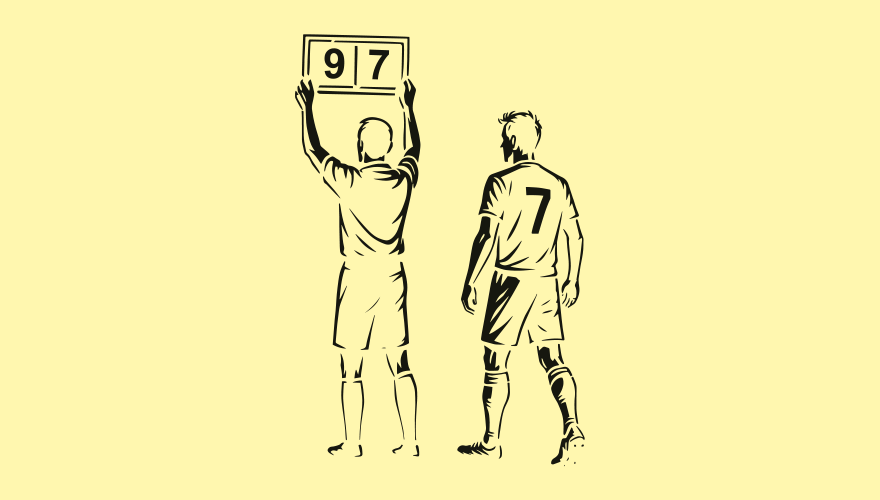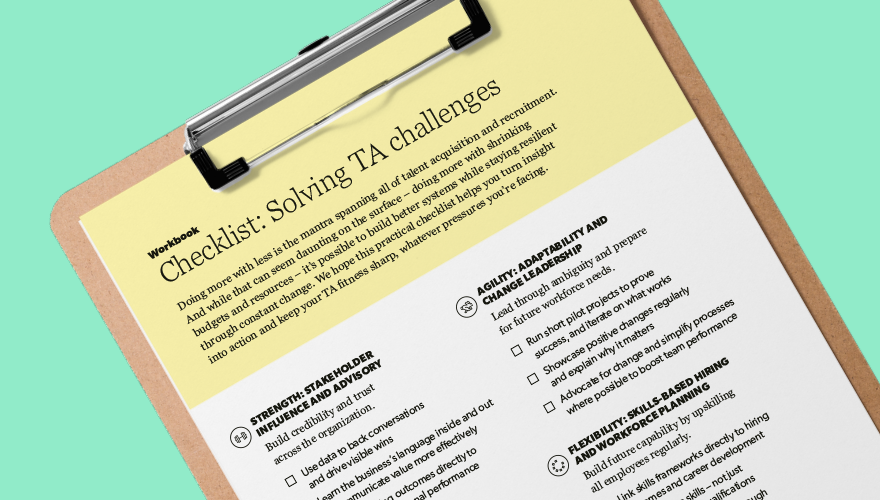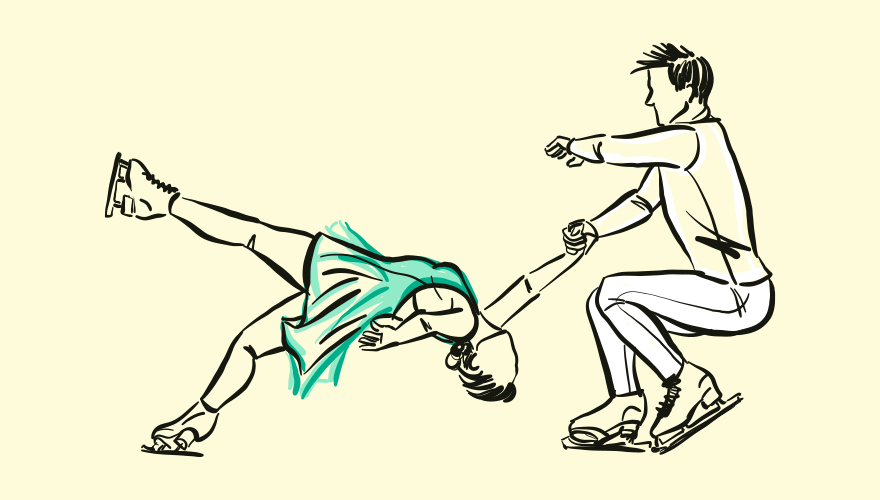Blog
The HR imperative: leading the creativity renaissance

The creativity crisis is real. Systemic barriers – from rigid recruitment processes to stifling workplace structures – are suffocating curiosity and innovation. It’s time to rewild our organizations and reimagine the role of work, writes Margaret Heffernan.
We are in a hell of a mess. The systems we’ve built – both in education and the workplace – are systematically eroding the creativity and curiosity we so desperately need. In my conversations with CEOs and business leaders, one concern comes up again and again: “We can’t find creative thinkers.” When I dig deeper, the reason becomes clear. We’ve designed systems that filter out the very skills organizations claim to value.
Our recruitment processes are one glaring example. They’ve become hyper-efficient but not hyper-effective: automated pipelines that treat hiring as a problem to be solved with numbers. Applicants face dehumanizing processes – too many irrelevant responses to their job search, AI scans that throw out candidates for typos or the wrong postcode, impersonal tests and automated interviews – before they ever encounter another human being. This doesn’t just fail to identify talent; it actively alienates the very people we want to hire.
From grades to KPIs: the long decline of creativity
The problem runs deep, starting with an education system that trains people to chase grades instead of ideas. It conditions them to seek the “right” answer rather than grapple with difficult questions. By the time these individuals enter the workforce, they’re skilled at meeting KPIs and targets, but lack the curiosity to innovate or the appetite for continuous learning. By their mid-30s, some employers are already asking, “What are we going to do with them?”
This issue is compounded by how we structure jobs and measure performance. Detailed job descriptions, rigid KPIs, and extrinsic rewards for compliance leave little energy for creativity. Employees are discouraged from stepping outside predefined roles to explore new ideas or challenge inefficient processes. When organizations claim they want curiosity and innovation, my response is often, “You need to think long and hard about how much of your current system you’re willing to let go of.”
If we’re going to rebuild the conditions for creativity, we need to tackle this from all angles. HR and talent leaders are at the heart of this shift. Here are five ways to start:
Practical steps for reawakening creativity
- Reimagine L&D for creativity: Nobody can spark creativity with PowerPoint slides or training modules. Consider programs that expose employees to active, new disciplines. Take Yale Medical School, where teaching art history improved doctors’ diagnostic skills. Similarly, CEOs I’ve worked with have found poetry workshops invaluable for sharpening their thinking and tuning into what’s happening in their own minds. Creativity isn’t a skill you drill into people—it’s something you awaken. It comes from inhabiting experiences, not passively consuming information.
- Redesign job structures: Do your job descriptions leave space for innovation, or do they prescribe every detail? Do your KPIs reward hitting targets, or do they encourage experimentation? Employees won’t pursue new ideas if they don’t feel encouraged to step outside their assigned tasks. “Am I going to do anything with that idea?” they might ask themselves. “It’s not on my job description. There’s no incentive, and I don’t know who to talk to.” To counter this, create space for exploration – whether it’s time for cross-functional projects or freedom to question processes.
- Rebuild organizational culture: Organizations that truly value creativity need to embrace intrinsic motivation over extrinsic rewards. When people are pursuing ideas that resonate with their sense of identity, they become more energized, resilient and engaged. But culture can’t change without leadership buy-in. If leaders don’t show up for these initiatives, it sends a clear signal that creativity is “just dessert,” not a serious priority.
- Create time and space for experimentation: One CEO asked me recently, “How do I teach people curiosity?” The answer is: you don’t. People are born curious. What you can do is create space for it. Give employees time to think, explore, and ask questions. Allow them to engage with the arts, cross-functional projects, or entirely new fields. It’s in these moments of experimentation that innovation takes root.
- Champion the arts: The arts aren’t just a luxury; they are an economic, psychological, and cultural necessity. Exposure to creative disciplines builds observation, resilience, and curiosity. From encouraging participation in artistic activities to integrating arts into workplace learning, organizations must reconnect with the creative processes that keep teams engaged and adaptable.
HR’s role in leading the shift
HR leaders are uniquely positioned to tackle this crisis. Creativity and curiosity don’t need to be “taught” in the traditional sense – they need to be nurtured. This means designing attitudes and systems that value exploration over efficiency, fostering psychological safety, and making space for employees to bring their full selves to work.
Creativity isn’t just a nice-to-have – it’s a core capability for navigating uncertainty and driving long-term success. For decades, we’ve built systems that reward conformity and efficiency at the expense of imagination. Reversing this requires rewilding our workplaces, giving people the freedom and support to think differently.
The stakes couldn’t be higher. Without creativity, we lose not only innovation but also the resilience and adaptability needed to thrive in a changing world. It’s time to stop managing people like cogs in a machine and start inspiring them to reach their potential. HR and talent leaders must lead the charge. Let’s rebuild the conditions for creativity – before it’s too late.
"Embracing Uncertainty: How Writers, Musicians and Artists Thrive in an Unpredictable World" is published by Polity Press on 25 March 2025.
Workforce sustainability
Check out more from other thought leaders in our featured content series to help you build a workforce that's resilient, adaptable, and ready to take on the future.












